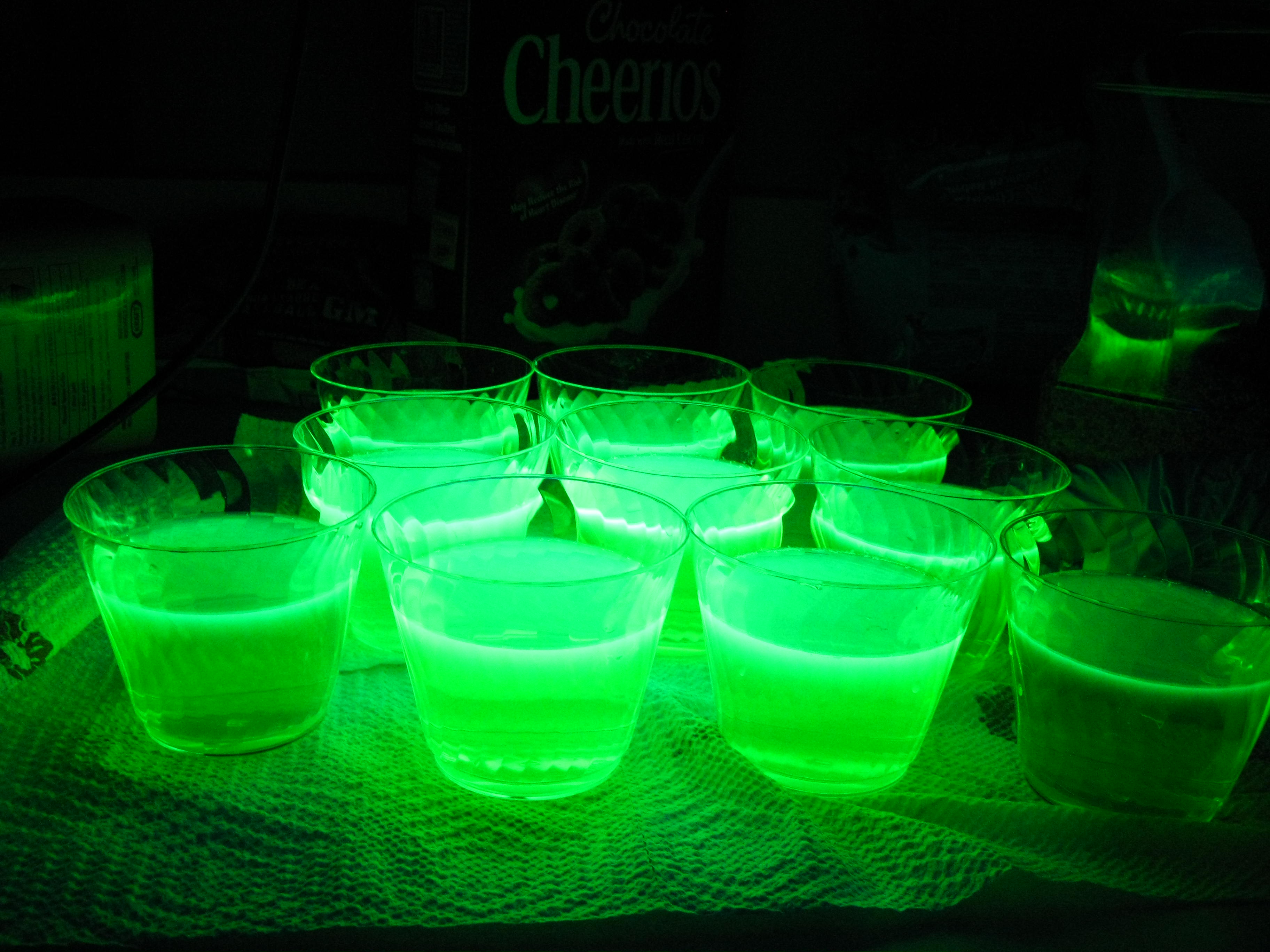 |
| Kids Ice Ornament Craft! |
Well, here it is, and for good measure I put a popular link in there that is great for summer from A Sense of Wonder.
Here is how we reinvented summer ice activities to Kids Ice Ornaments for the winter and what our preschoolers are doing with them!
 |
| From A Sense of Wonder-Great Idea! |
What you'll need to make Kids Ice Ornaments
- Balloons
- Sink
- A Freezer (if it's not snowing outside)
- Food Coloring
- Glow Sticks (optional, but oh so much fun)
Kids Ice Ornament Process
Kids love filling up the balloons in the sink, but what they love even more is splashing one another! Defiantly recommend direct supervision and assistance with the food coloring.
- First have the child put a few drops of food coloring in the empty balloon.
- Light a glow stick and place it inside the balloon.
- Assist child in filling up balloon at the sink and tying it off.
- Make sure there is plenty of room in the freezer and place them inside.
Depending on the size of the balloon, it may take a few hours to an entire day for them to solidify.
When it's time to take them out have the children figure out a way to unwrap their ice ornament.
We love to place them in the sensory table lined with aluminum foil and other round objects like unique marbles, and glittery round objects. We turn off the lights and enjoy the soft glow of the glow sticks inside. I love to do this when we study space and planets!
If you can, make more with the children during the coldest weather and arrange to take home and place outside their door!
















































